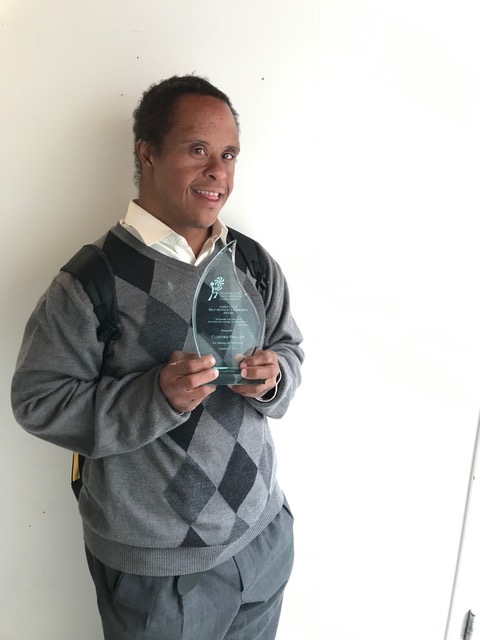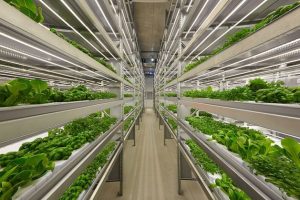DUBAI, United Arab Emirates, Sept. 16, 2022 (GLOBE NEWSWIRE) — Jax.Network, a blockchain merge–mined with Bitcoin, has gained around 1,200 Phash/s, which is two times higher than the average hashrate per day of Bitcoin SV (BSV), which has 568.87 Phash/s at the moment of writing. The project is right on track to outcompete Bitcoin Cash (BCH) with its 1.43 Ehash/s.
Jax.Network utilizes a merge–mining algorithm that allows miners to dedicate their computational resources to finding a proof–of–work not only in its own network but also in the Bitcoin network. Thus, by reusing the hashrate of the Bitcoin network, the Jax.Network blockchain leverages enhanced security and puts a check on potential inflation compared to a standalone network.
Such a technical solution offers increased incentives for miners. Apart from extra block rewards and transaction fees, miners, who decide to join JaxPool, an official pool by Jax.Network, can benefit from negative pool fees on BTC mining and up to a 1% bonus on BTC mining activities. It could be fair to assume that this offer helped to attract a lot of attention to the network, resulting in 1,200 Phash/s of combined hashrate in less than two months. At the moment, that's nearly twice more than the BSV network.
"Once miners test our network and understand how much more profitable it can be, we may see a rapid increase in hashrate. I would even assume that we might capture 100% of hashrate of the Bitcoin network," Vinod Manoharan, Founder of Jax.Network, commented.
About JaxPool
JaxPool is a BTC mining subpool under a top–5 mining pool. Its goal is to merge–mine Bitcoin with the Jax.Network blockchain and provide miners with increased profitability.
About Jax.Network
Jax.Network provides the technological infrastructure for a decentralized energy–standard monetary system. The Jax.Network blockchain is anchored to the Bitcoin network and issues two digital currencies JAX and JXN. Jax.Network aims at making these coins a universal standard for the quantification of economic value. Established in 2018, the company united professionals from all over the world to build a blockchain network based on the Proof–of–Work consensus mechanism and pure state sharding as a scaling solution.









